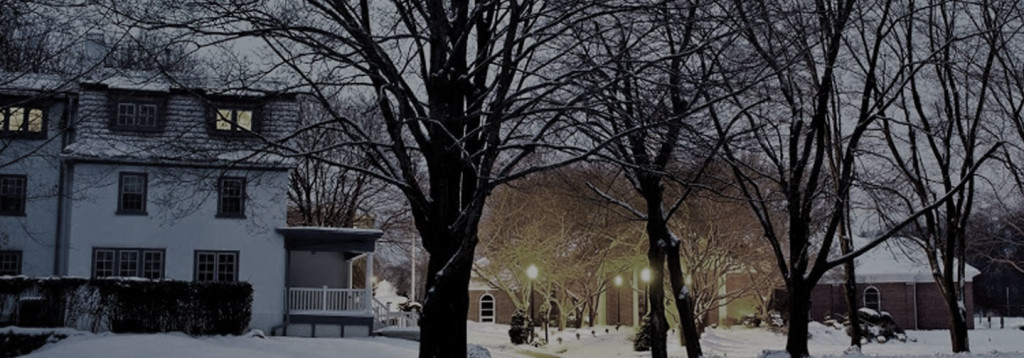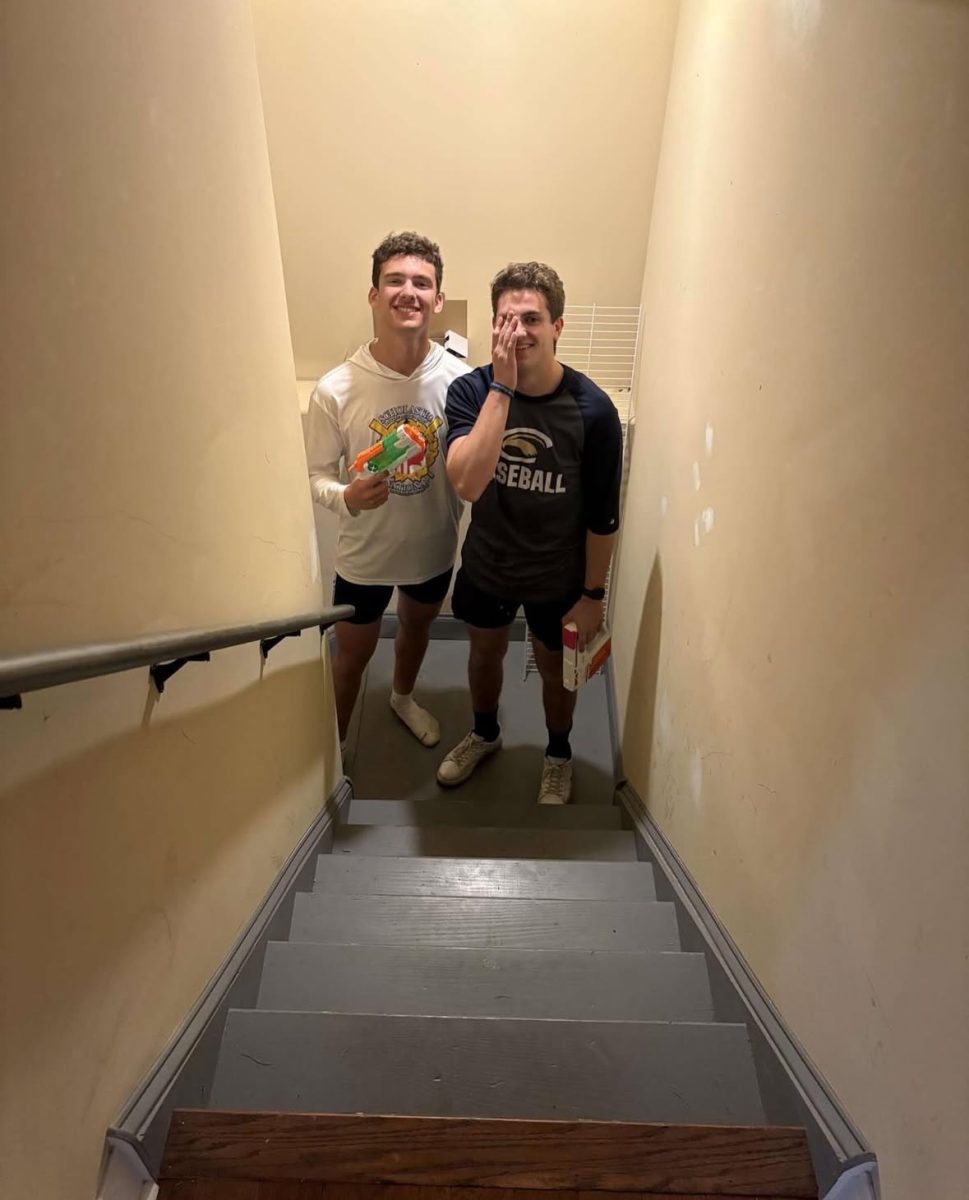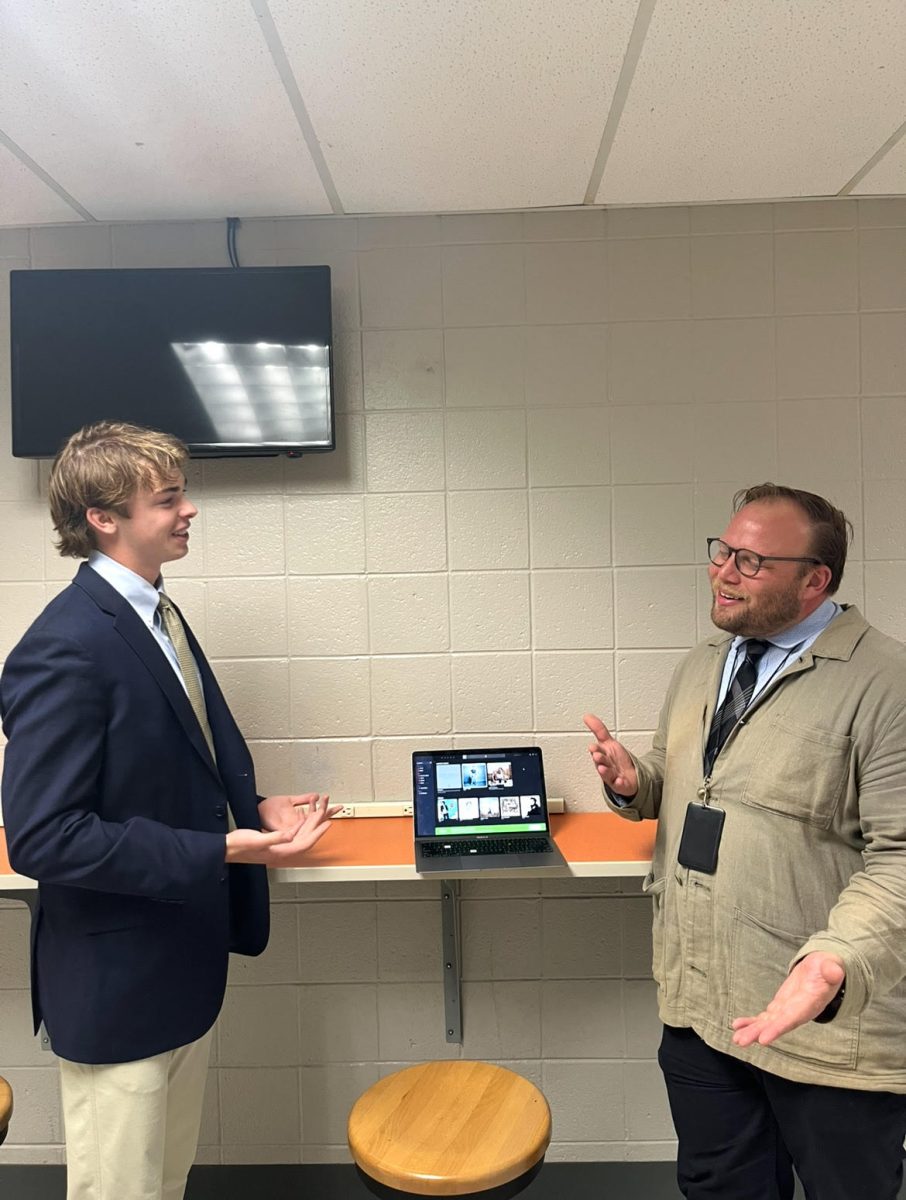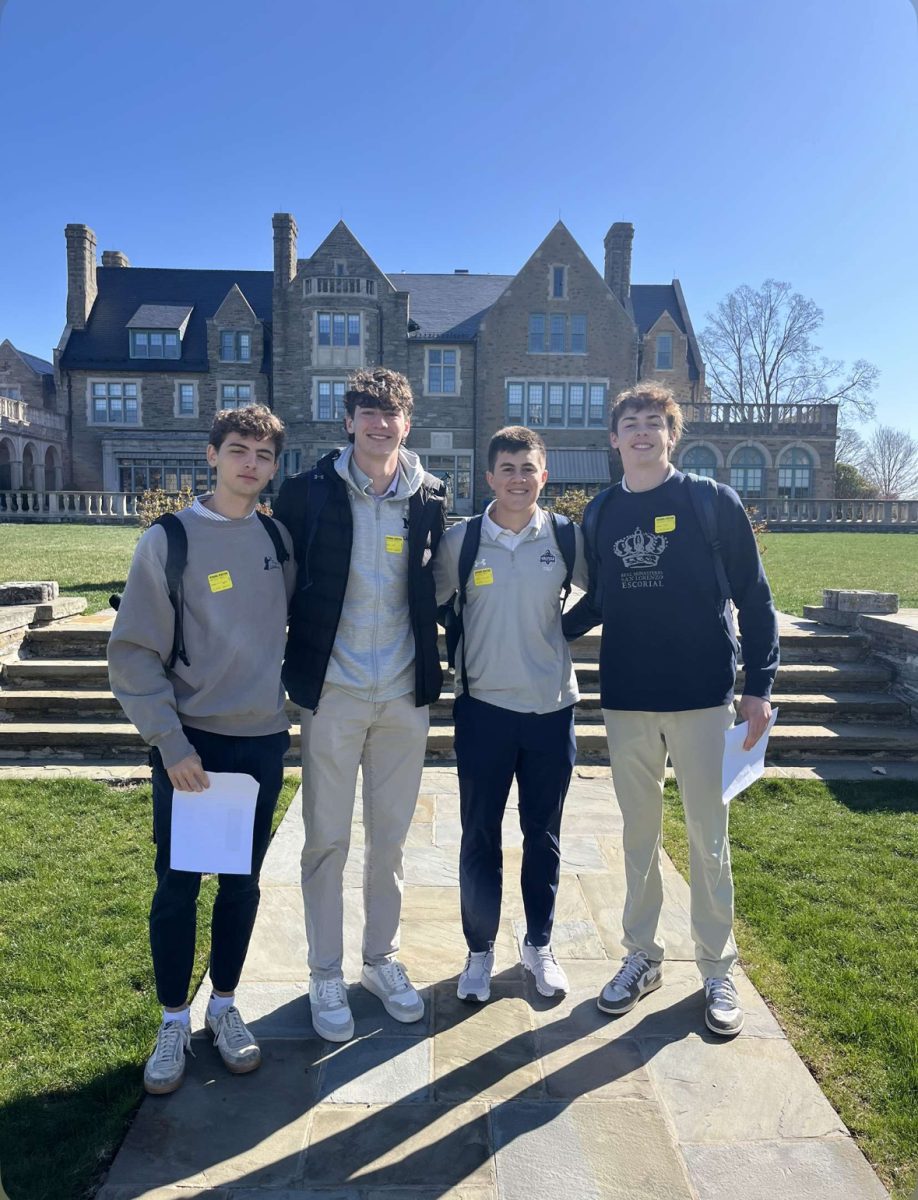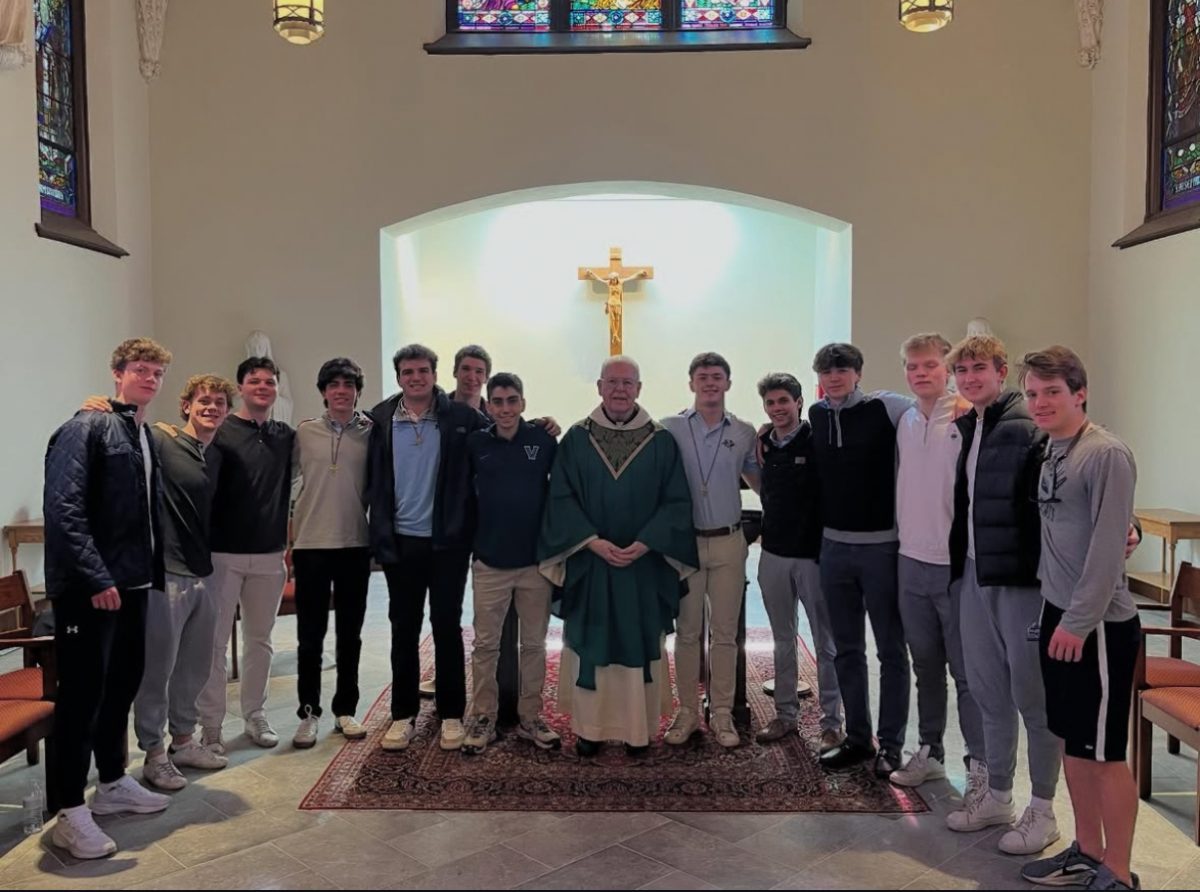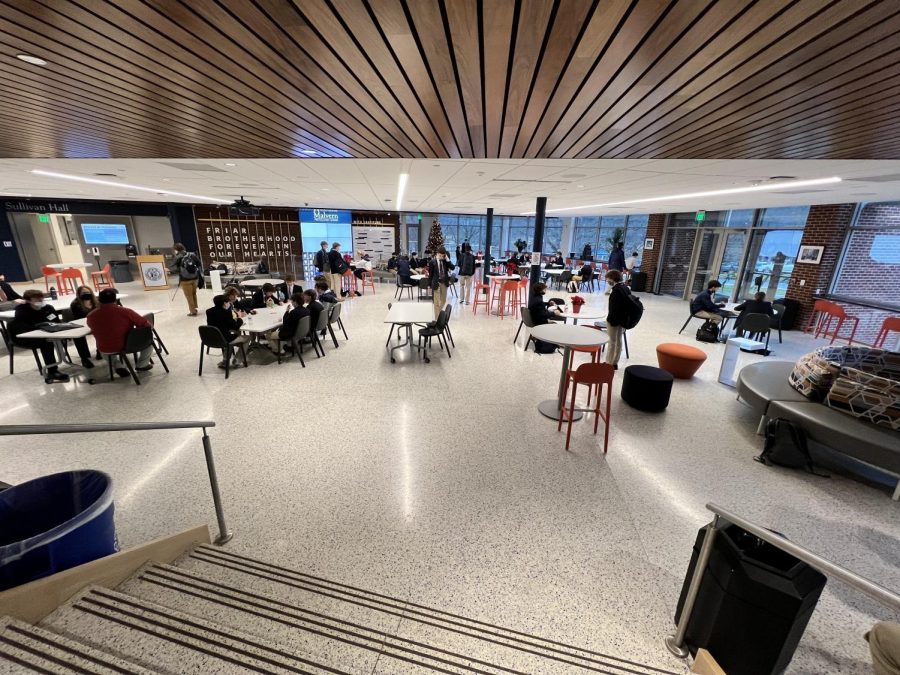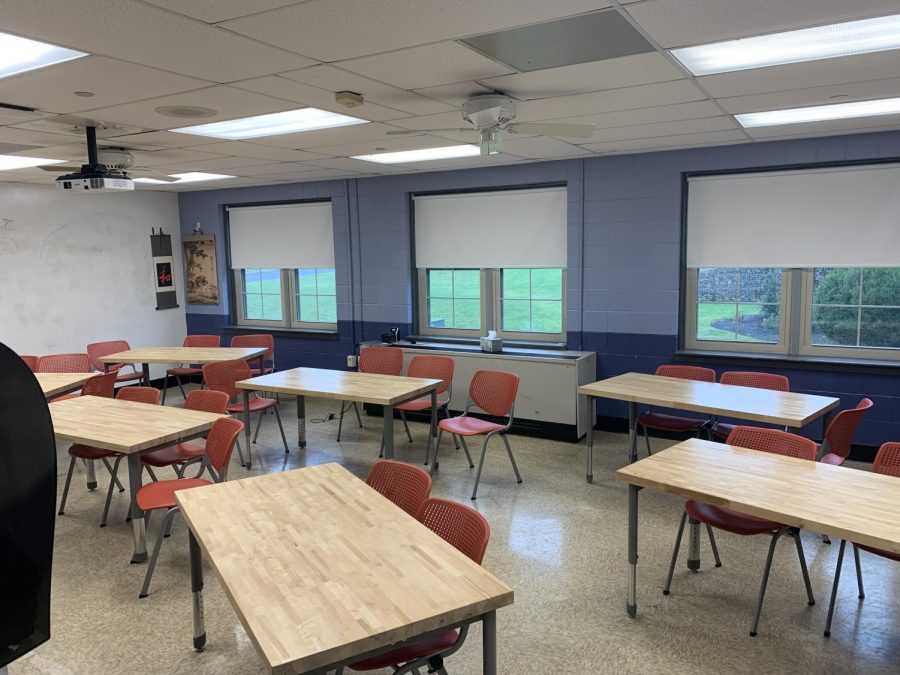When the Editorial Board met in early January, the topic discussed centered around the whirlwind that happens at the end of the quarter. From five “assessments” in a day, two papers due the next, it seemed students are buried under piles of work at the end of every quarter. We had planned to air some grievances about the hectic end of quarter woes, to be a voice for the overwhelmed Malvern student.
Our plans have changed drastically since then. The last time any student has faced a real week of school was that final week of the quarter, way back in mid January. In the month since the end of the second quarter, we had 20 days off from school, a reverse C, and one two-hour delay. To put it in perspective, we have had school on 12 days. We were scheduled for 17. Rumors have circulated around school regarding days added to the schedule and the changes made to the end of the year, but now the rumors can be put to rest.
You’d be hard-pressed to find any Malvernian who doesn’t enjoy a snow day. One of the best feelings is waking up and seeing that text from Malvern, knowing you have an extra day to relax. Yet now students barely flinch when they read the text that school is closed, and the second quarter has seemed to be a jumbled mess.
What does all this mean for us as students? For seniors, it’s a relaxing way to get through the harsh days of winter; however, the interruptions and discontinuities caused by the days off have left some students and teachers with hectic schedules and busy days and nights trying to make up the work and time. AP Exams don’t get pushed back a week because of a little snow on the ground, and students are feeling the harsh reality of trying to get a full AP syllabus in with such few days.
The teachers seem to be more under control. Many, such as Mr. Valyo, don’t have much reason to worry. “I am only a few sections behind last year,” he says. Mr. Roper is also confident. “My class is not as far back as you’d think with all the days off we had.”
“I’ve seen this before,” continues Mr. Roper, discussing past years of lots of snow interruptions to the school year. “Teachers and students make adjustments accordingly.” Mr. Valyo is also optimistic: “I should be able to cover the material needed,” says Mr. Valyo, “unless there are more snow days.”
As difficult as it may be for both teachers and students, they both can work to lighten the load. “It’s lucky,” says Mr. Roper, “that the students and teachers can communicate about what’s fair and doable.” For teachers behind in their lessons, making up the work doesn’t seem to be a problem if the plans are communicated to the students.
With more snow on the horizon, more delays snd snow days may be the case. Mr. Valyo offered his perspective. “The Academic Leadership Team will meet and discuss options for making up days.”
This team, consisting of Head of School Mr. Talbot, Assistant Head of School Mr. Valyo, Upper School Head Mr. Algeo, Middle School Head Mr. Sillup, and Director of 21st Century Learning Mr. Whitney, has weighed the options of finding more time for class days. “We put the students first,” explains Mr. Algeo, “in every decision we make.” The teachers and parents follow.
Using these guidelines, the team looked at removing vacations days, but “issues with absentee rates” would diminish the effect of teaching. Another option was extending the school day, which would have problems with buses and travel.
The plan that currently exists is to change the end of the school year and the exam process. “This would give students five or six extra days of class,” said Algeo.
Experimenting with the new schedule that is planned for next year is also a goal. It would also call for the removal of exams for certain departments, a move that Mr. Roper is taking in stride. “It means not giving a traditional final, and I’m okay with that,” he says.
Problems still exist. Seniors will already be finished by this time and AP exams will have passed. Yet this solution will allow teachers to experiment with alternative assessment techniques such as projects or portfolios functioning as exams and prepare the curriculum for the major changes taking place next year.
Even with the icy roads, Malvern is not hitting the brakes on 21st century education.


